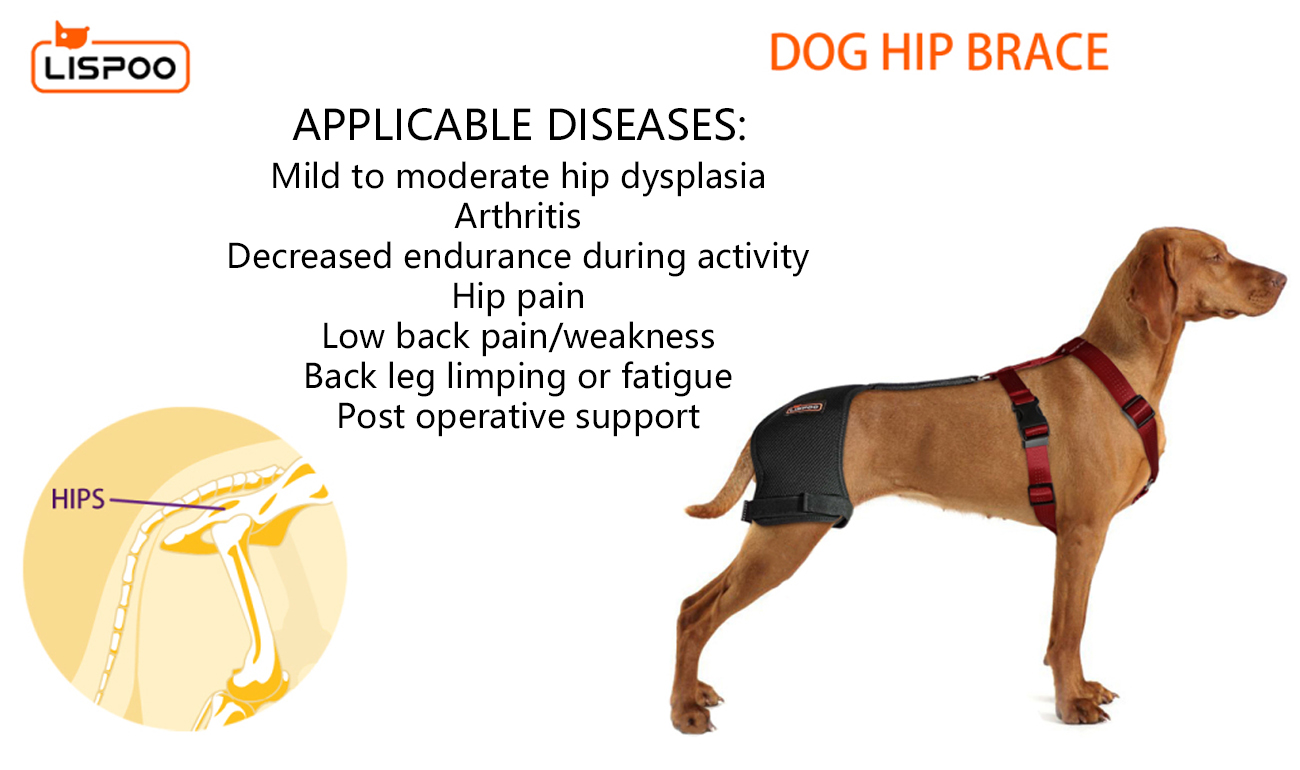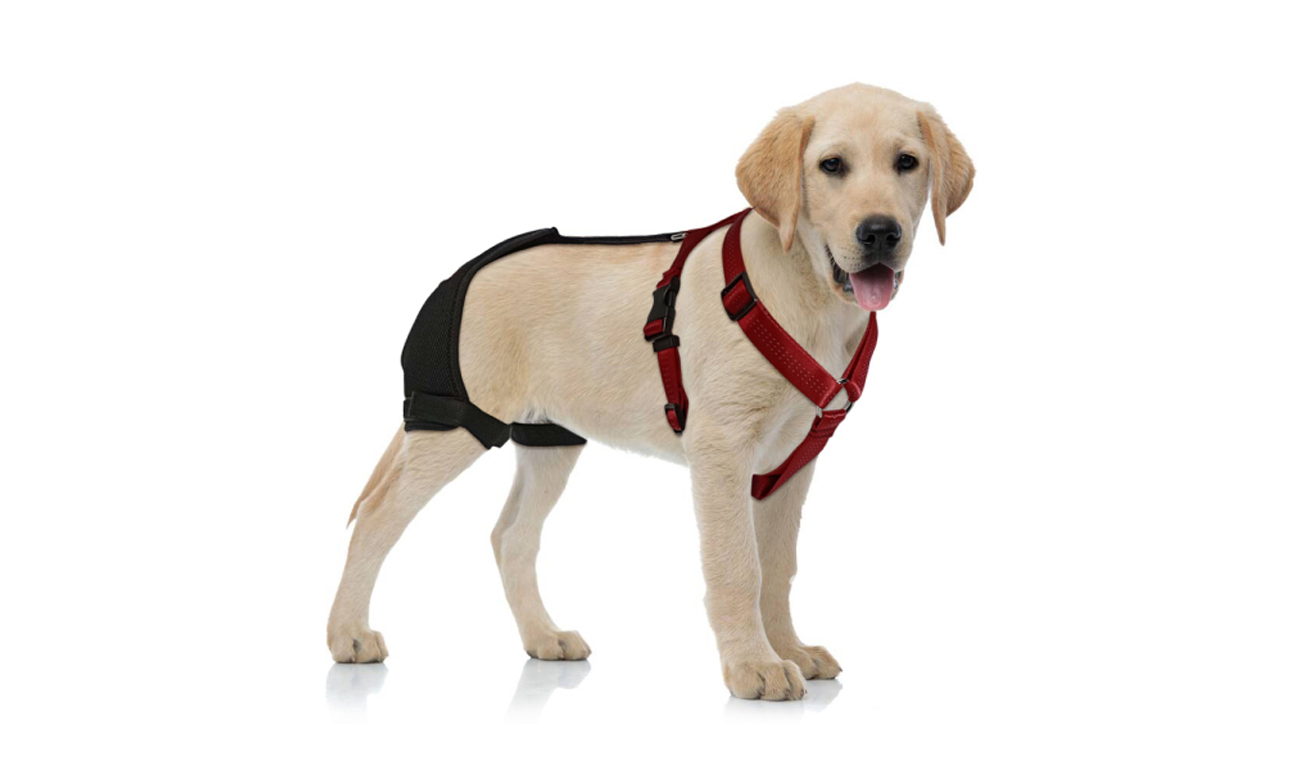An Effective Solution for Canine Hip Dysplasia
Canine hip dysplasia is a common orthopedic condition in dogs that causes pain, lameness, and mobility issues. It is a genetic disorder that affects the hip joints of dogs and can result in arthritis, joint degeneration, and other complications. This condition is prevalent in large and giant dog breeds and can cause significant discomfort and reduce the quality of life of affected dogs. Fortunately, there are various treatment options available, including medication, physical therapy, surgery, and the use of hip braces. In this blog, we will explore the benefits of using hip braces for dogs and how they can help improve the mobility and comfort of dogs with hip dysplasia.
Understanding Canine Hip Dysplasia
Canine hip dysplasia is a condition that occurs when the hip joint does not develop correctly, resulting in a loose and unstable joint. This instability can cause the joint to wear out faster, leading to inflammation, arthritis, and pain. The condition is genetic and can be inherited from the dog's parents, although it can also occur due to environmental factors such as obesity, lack of exercise, and poor nutrition.
Hip dysplasia can occur in any breed, but it is more common in large and giant dog breeds such as German Shepherds, Great Danes, and Mastiffs. Symptoms of hip dysplasia in dogs include limping, difficulty standing up, reluctance to climb stairs or jump, and a decreased range of motion. Over time, the condition can worsen, and the dog may develop arthritis and other complications that can affect their mobility and quality of life.
Treatment Options for Canine Hip Dysplasia
There are various treatment options available for dogs with hip dysplasia, depending on the severity of the condition. In mild cases, weight management, moderate exercise, and joint supplements may be recommended to help reduce inflammation and manage pain. In more severe cases, surgery may be necessary to improve the dog's joint function and reduce pain.
Hip replacement surgery is a common procedure used to treat hip dysplasia in dogs. During this surgery, the damaged joint is replaced with an artificial joint that is designed to improve the dog's mobility and reduce pain. This procedure is highly effective, but it can be expensive, and there is a risk of complications.
Physical therapy is another treatment option that can help improve the range of motion and reduce pain in dogs with hip dysplasia. This therapy may include exercises, massage, and other techniques designed to strengthen the dog's muscles and improve their mobility.
Another treatment option for hip dysplasia in dogs is the use of hip braces. A hip brace is a device that is designed to support the dog's hip joint and improve their mobility. These braces are typically made from neoprene or other materials that provide compression and support to the dog's hip joint. They are available in different sizes and styles, depending on the dog's breed and the severity of their hip dysplasia.
Hip braces for dogs are designed to provide several benefits, including:
Reducing pain and inflammation: Hip braces can help reduce pain and inflammation in the hip joint by providing compression and support to the affected area. This can help improve the dog's mobility and reduce discomfort.
Supporting the hip joint: Hip braces are designed to support the dog's hip joint and help stabilize it. This can help prevent further damage to the joint and reduce the risk of complications such as arthritis.
Improving mobility: Hip braces can help improve the dog's mobility by providing support and reducing pain. This can help the dog to move more comfortably and enjoy a better quality of life.
Promoting healing: Hip braces can help promote healing by providing compression tothe affected area and improving blood flow to the joint. This can help reduce inflammation and promote the healing process.
Choosing the Right Hip Brace for Your Dog
When choosing a hip brace for your dog, it is essential to consider the severity of their hip dysplasia, their breed and size, and their activity level. It is also important to consult with your veterinarian to determine if a hip brace is the right treatment option for your dog and to get recommendations for specific brands and styles of hip braces.
There are different types of hip braces available for dogs, including:
Full hip brace: This type of hip brace covers the entire hip area and provides full support and compression to the joint. It is suitable for dogs with severe hip dysplasia or those recovering from hip surgery.
Half hip brace: A half hip brace covers only a portion of the hip area and provides targeted support to the affected area. It is suitable for dogs with mild to moderate hip dysplasia or those with a history of hip problems.
Custom hip brace: Custom hip braces are made specifically for your dog's measurements and are designed to provide the most comfortable and effective support. These braces can be more expensive but can provide the best results for dogs with complex hip conditions.
It is essential to follow the manufacturer's instructions when using a hip brace for your dog. The brace should be properly fitted to ensure it provides the correct level of support and compression. It should also be used only as recommended, and you should monitor your dog's behavior and comfort level when using the brace.
Conclusion
Hip dysplasia can be a painful and debilitating condition for dogs, but there are various treatment options available, including the use of hip braces. Hip braces can provide support, reduce pain and inflammation, improve mobility, and promote healing. They are a non-invasive and cost-effective alternative to surgery and can help improve the quality of life of dogs with hip dysplasia.
If your dog is showing symptoms of hip dysplasia, it is essential to consult with your veterinarian to determine the best treatment options. Hip braces may be a suitable option for some dogs and can be an effective part of a comprehensive treatment plan. By working closely with your veterinarian and using the right hip brace, you can help your dog enjoy a more comfortable and active life.
Product link: LISPOO Dog Hip Brace for Hip Dysplasia
Category link: Knee Brace For Dogs





0 Comments